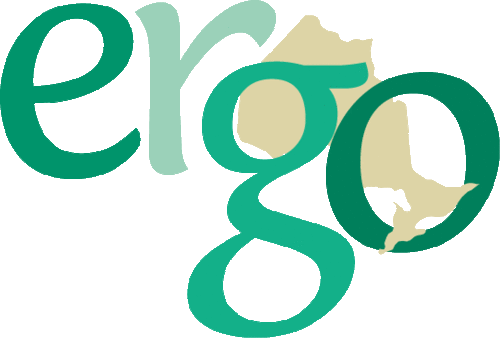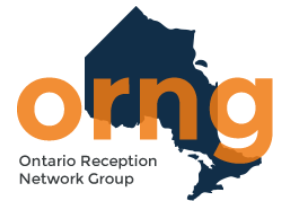
We collect basic website visitor information on this website and store it in cookies. We also utilize Google Analytics to track page view information to assist us in improving our website.
Submitted by: ERGO Members
The goal for this series of blog posts is to make a collection of quick and easy activities that can be shared to increase understanding, support students, build system capacity, and/or inspire growth and movement.


Using assistive technology supports multilingual learners by honouring their full linguistic repertoire and by providing tools so that the students can reach their full potential. It supports the teacher to understand the assets and needs of the student while creating space for the learner to use their first language while developing their proficiency in English.
Using assistive technology to support multilingual learners creates greater opportunities for "integration into mainstream classrooms with appropriate instructional support." (ELL Policy, 2007)
Google Read and Write and Microsoft's Immersive Reader allows classroom materials to be integrated into various modalities (email, word, etc.) and allows texts to be read in mulitple languages, highlights parts of speech and attaches visuals to text. It also allows for the creation of a picture dictionary which also includes translated text or speech. Opportunities can be provided for students and teachers to learn about these tools in self-directed sessions, lunch and learns and tutorial sessions.
Submitted by: ERGO Members
The goal for this series of blog posts is to make a collection of quick and easy activities that can be shared to increase understanding, support students, build system capacity, and/or inspire growth and movement.
The student(s) takes the class or teacher on a tour of their homeland or take them on a journey. Explore their old school, neighbourhood, playground, surroundings or favourite places.
This supports knowing your learner and culturally responsive and relevant practices.
To dig more deeply into this, consider reading The K-12 Capacity Building
Series monograph entitled "Culturally Responsive Pedagogy: Towards Equity and Inclusivity in Ontario Schools."
As part of the intial conversation when getting to know our student(s) and learning about where they have come from, we have the newcomer student take us on a tour of their previous home, school, neighbourhood. This allows the student to be the expert and to use L1, prior knowledge and personal experience to share their journey story. This exercise can be started as an oral conversation, using guiding questions and letting the students take the lead on what is shared. A follow up can be to rehearse and use the conversation as part of a writing task to share the student's journey story through voice to text or handwriting, whichever mode the student is most comfortable with.

